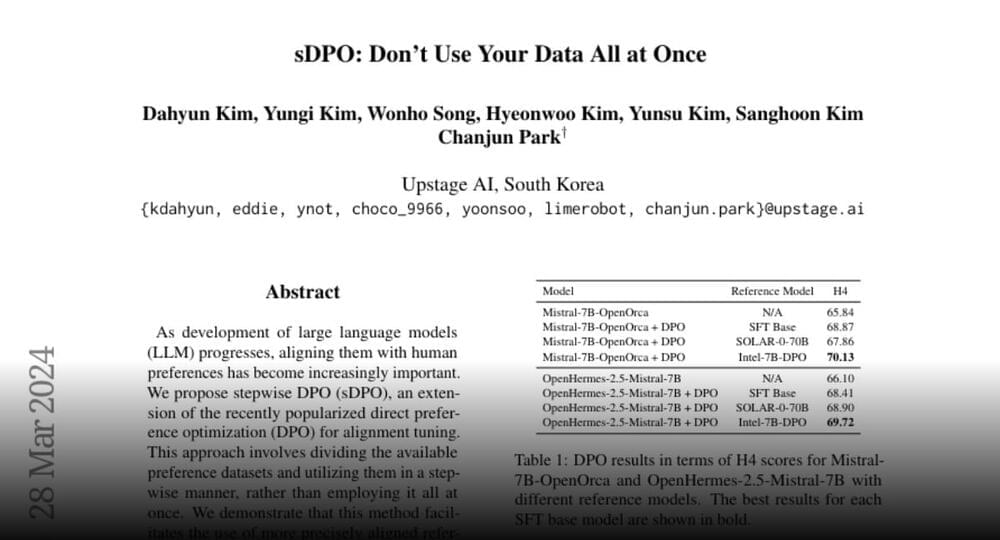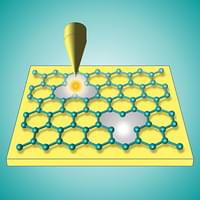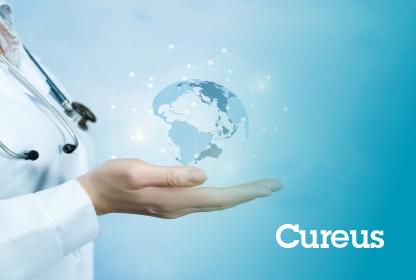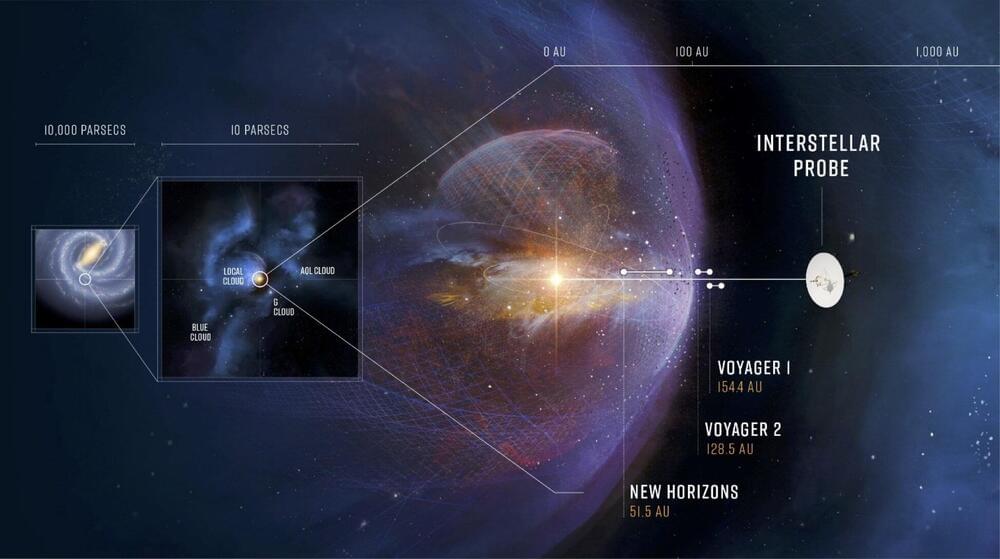Invisible to the naked eye, an entire ecosystem buzzes with bioenergy.



SDPO
Don’t Use Your Data All at Once https://huggingface.co/papers/2403.
As development of large language models (LLM) progresses, aligning them with human preferences has become increasingly important.
Join the discussion on this paper page.


Dive into the ripple effect of musculoskeletal pain on quality of life among Saudi adults. Click the link to uncover more ➡️ https://bit.ly/3vqK9D
Background.
Musculoskeletal pain (MSP) is widely recognized as a prevalent public health issue that affects individuals of various genders and age groups. The aim of this study is to assess the influence of musculoskeletal pain on the quality of life (QoL) of adult individuals living in Saudi Arabia.
Method.
This is a cross-sectional study using an online-administered questionnaire that was distributed via online platforms in Saudi Arabia for the duration between January and August 2023. Three questionnaire instruments were used in this study. The 36-item Short Form Health Survey questionnaire (SF-36), The 5-level EQ-5D version (EQ-5D-5L), and Roland-Morris Disability Questionnaire. Binary logistic regression analysis was used to identify predictors of better QoL and having mild to moderate disability.






The heliosphere—made of solar wind, solar transients, and the interplanetary magnetic field—acts as our solar system’s personal shield, protecting the planets from galactic cosmic rays. These extremely energetic particles accelerated outwards from events like supernovas and would cause a huge amount of damage if the heliosphere did not mostly absorb them.